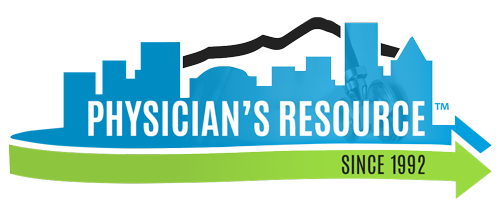How to Stay HIPAA-Compliant
Following the Health Insurance Portability and Accountability Act of 1996 (HIPAA), all healthcare organizations dealing with protected health information (PHI) must adhere to specific regulations.
These regulations encompass a lot of areas, including employee training standards, physical security, access protocols, and cybersecurity measures. If your organization is found to be negligent or experiences a data breach, the financial and legal penalties would be hefty. Moreover, you can lose client trust and reputation.
Important HIPAA Rules You Should Know
Compliance with HIPAA mainly concerns these four different rules:
- Privacy Rule: Defines how protected health information (PHI) should be used and disclosed by the covered entity.
- Security Rule: This includes all physical, technical, and administrative safeguard standards you must apply to secure PHI.
- Breach Notification Rule: Consists of guidelines on how you should report data breaches, who to inform, and when to do it.
- Omnibus Rule: An added rule to HIPAA that mainly defines the extent of how a covered entity’s business associates can deal with PHI.
There’s also the HIPAA Enforcement Rule, which simply defines the various ways you can violate the act as well as the corresponding penalties you might receive.
HIPAA Compliance Checklist
By understanding the main HIPAA rules, you should be able to know what you need to do to comply. We summed up these HIPAA compliance steps for you below:
1. Assess Risks Annually.
Performing risk assessments with an HIPAA consulting expert allows you to pinpoint where your security measures might be lacking. It also lets you review your privacy policies, find outdated technology, and ensure that your HIPAA compliance is on track.
More than just a recommendation, risk assessments are actually required by HIPAA. You can use the Security Risk Assessment Tool released by the HHS Office for Civil Rights to perform this. Of course, if your business has the means and is relatively large, it is always better to have an expert consultant do the risk analysis for you.
2. Do Frequent Testing of Cybersecurity Measures.
Information technology has undergone rapid development over the past decade, and this includes methods for accessing secured data using illegal means. Others can suddenly launch malicious attacks on your systems, so having good cybersecurity measures is a must.
One way to do this is to conduct penetration testing regularly. Enhancing the firewall and encryption techniques employed on your IT system would also be great. Check for loopholes that can be exploited by others and patch up as many of them as possible.
3. Conduct Regular HIPAA Compliance Training.
Contrary to expectations, HIPAA violations happen more frequently due to internal mistakes and misdemeanors by employees handling PHI. Some may gossip about sensitive protection outside work hours or in the presence of irrelevant personnel. Others might disclose information without written consent.
Conducting regular training for your employees ensures that they don’t forget the policies you set. Workforce training for these protocols is also part of HIPAA requirements.
Note that training may vary depending on the industry. For example, you might need specialized dentistry HIPAA training if you’re in the field of dental care.
4. Review Business Associate Agreements.
If you need to disclose and share protected health information with a third-party partner, you must enter into a business associate agreement (BAA) with them. The BAA outlines the extent of permissible uses of PHI by your business associate, together with how they must destroy it when the agreement ends.
5. Establish Detailed Documentation Practices.
To ensure HIPAA compliance, meticulous documentation is key. This involves keeping records of policy and procedure revisions, tracking attendance at compliance training sessions, and recording all entities with whom PHI is shared.
These documents would be handy in the event your company is selected for an OCR audit. They will ask for these records, including any possible incidents of data mishandling, to check whether you have violated any rules under HIPAA.
Aside from external audits, keeping records of your HIPAA compliance plan also gives room for analysis. You can look at these records to identify security gaps, to which you can quickly respond due to early detection.
6. Report Any PHI-Related Breaches Immediately.
The HIPAA Breach Notification Rule mandates that you promptly report any incident involving PHI breaches. To be specific, your organization must:
- Submit a breach report to the Secretary of Health and Human Services within 60 days of discovering the breach;
- Notify all individuals affected by the breach within the same timeframe;
- Update the local media in case the breach affects more than 500 people.
Aside from the report, you must document how you responded to the breach. Be as detailed as possible with the documentation.
The OCR will conduct an investigation should a breach occur. Present what you found in your own investigation so that the matter can be resolved as quickly as possible.
Consult With the Experts
Staying compliant with HIPAA is a challenging feat, especially with the ever-changing landscape of protected health information and IT. If your organization is lucky enough to be picked for a random OCR audit, any detected violation could result in a loss of HIPAA compliance.
At Physician’s Resource, we offer comprehensive HIPAA compliance consulting. Our experts can help you identify the vulnerabilities and gaps in your current HIPAA practices. Coupled with the ability to determine your weaknesses, we are also capable of helping you patch them up.
Let’s discuss your HIPAA plans and ensure you stay compliant in the future. Give us a call at 1-800-615-1729, and our team of specialists will be ready to assist you.






